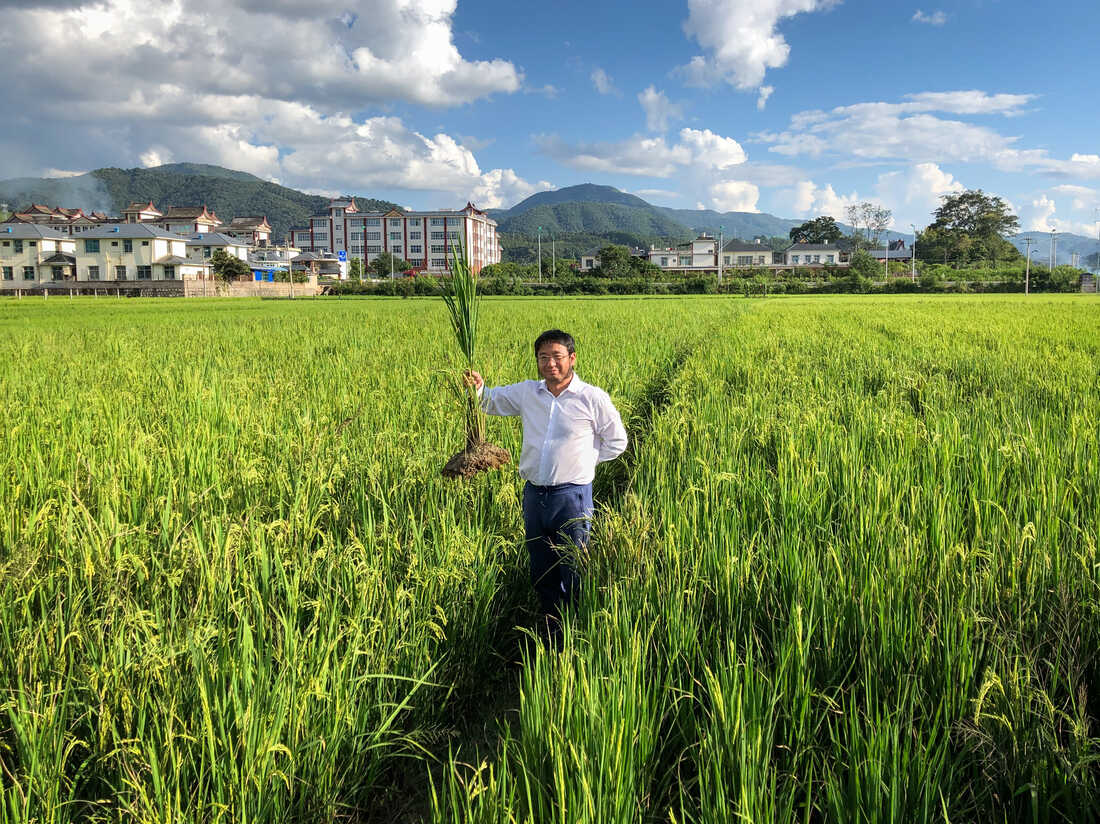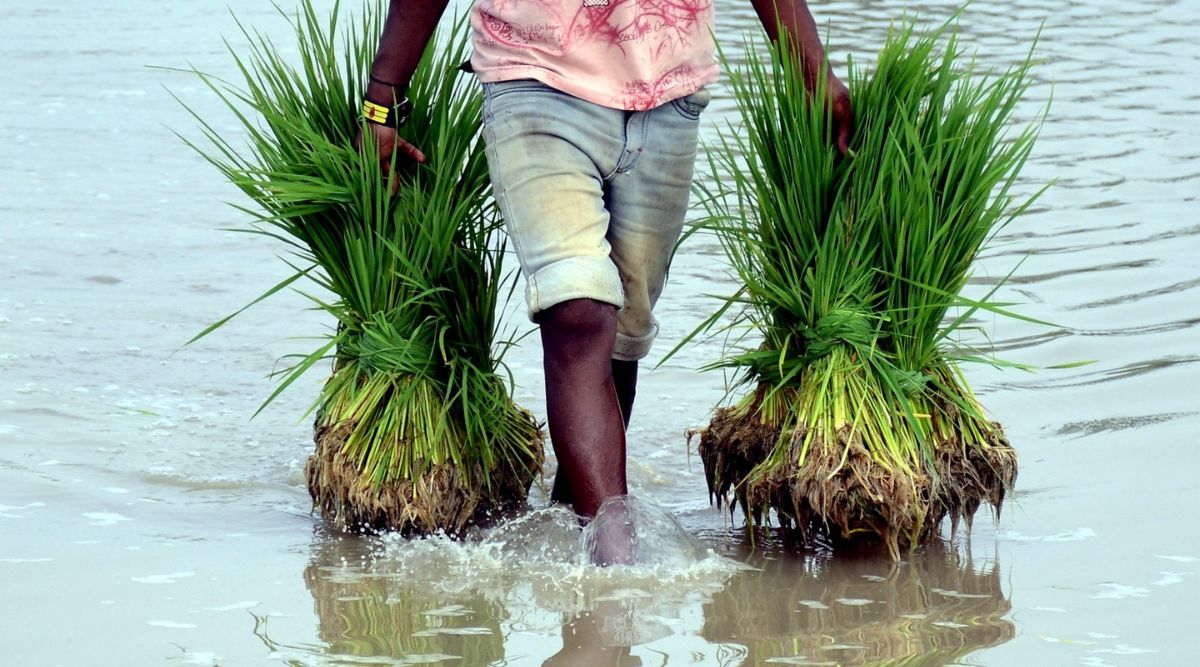Record Rice Output in 5 Years, Pulses Production to Decline

Record Rice Output in 5 Years, Pulses Production to Decline
In the world of agriculture, the dynamics of crop production are in a constant state of flux due to various factors such as weather conditions, market demands, and technological advancements.
In recent years, the global agricultural landscape has witnessed significant changes, with some crops experiencing surges in production while others face challenges. One such noteworthy development is the surge in rice production, with the highest rice area planted in five years leading to a record output.
In contrast, the pulse crops, a valuable source of protein for millions, are facing a sharp drop in production due to a decline in planting areas.

Rice, a staple food for over half of the world’s population, has seen a remarkable increase in production in recent years. The primary driving force behind this surge is the expansion of rice cultivation areas.
In many rice-producing regions, farmers have responded to favorable market conditions and government incentives by expanding their rice acreage.
Additionally, technological advancements in rice cultivation practices, such as the use of high-yielding rice varieties and improved irrigation systems, have contributed to enhanced productivity.
The past five years have witnessed a steady increase in rice planting areas across several key rice-producing countries, including India, China, Vietnam, and Thailand.
These countries have collectively recorded their highest rice planting areas in half a decade, leading to an unprecedented boost in rice output. As a result, global rice production has reached record levels, offering a glimmer of hope for food security in a world where the population is continually on the rise.

High demand for rice in domestic and international markets has encouraged farmers to allocate more land to rice cultivation.
Incentives and subsidies offered by governments in many rice-producing nations have motivated farmers to expand their rice acreage.
The adoption of advanced farming practices, including improved seed varieties, better irrigation techniques, and precision farming, has boosted rice yields.
Rice farmers are increasingly adopting climate-smart agricultural practices to mitigate the impacts of changing weather patterns.
In stark contrast to the booming rice production, the pulse crop sector is experiencing a sharp decline in planting areas and production. Pulses, which include crops like chickpeas, lentils, and beans, are an essential source of protein and nutrients for millions of people worldwide. However, several factors have combined to create a challenging environment for pulse farmers.
Unpredictable weather conditions, including droughts and erratic rainfall, have adversely affected pulse crops, leading to reduced yields.In many cases, the profitability of pulse crops is lower compared to other cash crops like cereals and oilseeds, discouraging farmers from planting them.

Pulses are susceptible to various pests and diseases, which can lead to significant crop losses if not adequately managed.Farmers are increasingly shifting towards crops that offer higher returns and are less labor-intensive, resulting in reduced pulse planting.
The contrasting trends in rice and pulses production have significant implications for global food security. While the surge in rice production is a positive development, it is crucial to ensure that this does not come at the expense of other essential crops like pulses. Pulses are vital for providing dietary diversity, especially in regions where rice dominates the diet. The decline in pulse production can lead to nutritional deficiencies and increased dependence on expensive protein sources.

To address these challenges and maintain food security, governments, international organizations, and agricultural stakeholders must:
- Promote Crop Diversification: Encourage farmers to diversify their crops by providing incentives for pulse cultivation and promoting crop rotation.
- Research and Development: Invest in research to develop pulse varieties that are more resilient to changing climate conditions and pest pressures.
- Market Support: Implement policies to ensure fair prices for pulse crops, providing farmers with the financial motivation to continue growing them.
- Climate Adaptation: Support farmers in adopting climate-resilient agricultural practices to mitigate the impact of weather-related challenges.
The recent surge in rice production, driven by expanded planting areas and improved farming practices, offers hope for global food security.

However, the simultaneous decline in pulses production is a matter of concern, given their essential role in providing protein and nutrients to millions of people.
It is imperative for governments, agricultural organizations, and farmers to strike a balance between the two, ensuring that rice production remains robust while taking steps to revive and sustain pulses cultivation.

Only through concerted efforts can we guarantee a diverse and nutritious food supply for a growing global population.




